 by "Pramoda Ravi (Promo)" (pramoda-ravi)
by "Pramoda Ravi (Promo)" (pramoda-ravi)
Published 02/21/2017 at 10:40
 by "Pramoda Ravi (Promo)" (pramoda-ravi)
by "Pramoda Ravi (Promo)" (pramoda-ravi)
Published 02/21/2017 at 10:40
Tags: BC Racing
; Suspension
; Coilovers
; Bushings
; Sphericals
STARS: 4
Start with the basics, bushings.
Bushings, or spherical bearings, are used to transfer energy. Imagine hitting a rubber block with a hammer versus doing the same with a steel block. The energy transferred between the harder compound transitions better. Manufacturers are held to NVH standards, you can read more about it here if you want to understand why your (newer) car doesnít sound like itís about to lose a wheel every time you hit a pothole.
There are lots of reasons you want to get rid of soft rubber bushings from your suspension. One of the largest is because it reduces energy transferred to your shocks. What this means is, you can put $2,800 coilovers on your car but if you canít channel the energy correctly to those coilovers , youíre not getting the most out of your suspension. Another large reason to eliminate the slop of rubber bushings is your alignment. Not only tire alignment but suspension component alignment. soft bushings allow control arms to twist and flex in undesirable directions before transfering the energy to the shock. You can feel this in the amount of time it takes the car to take a set or transition from one direction to another. In some extreme cases (like c5 corvettes) when a grippy tire tries to stick to the road and resist turning you can lose over 1.5 degrees of your static camber. This means you have to run much more aggressive camber on a stock bushing car so that when a soft bushing flexes you remain in the desired camber range. With stiffer bushings your alignment settings can be held much closer to optimal at all times.
Start by removing slop from your suspension, thatís your first step.
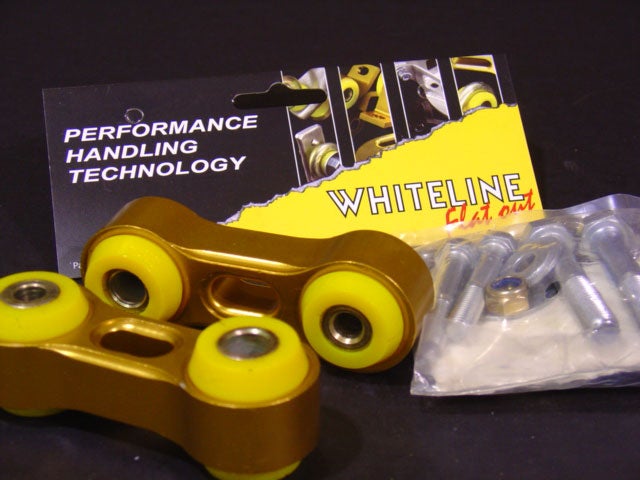
Spring.Rates.Matter.
Read that. Read it again. Did that make sense?
You can have too much spring, or you can have too little. Choosing the best baseline rates to start off with will make a bigger difference than spending an additional $1,000 on shocks.
Check what Optimum G has to say about ride frequencies
All of their articles are phenomenal, and I suggest sitting down with a pot of coffee reading through all the knowledge they have to share.
The chart listed above suggests passenger cars adhere to a ride frequency between .5 to 1.5, and high downforce vehicles are closer to 3.0-5.0+hz.
http://www.usrallyteam.com/content/tech/suspension_calculator.xls
Follow that link to develop the spring rates for your car.
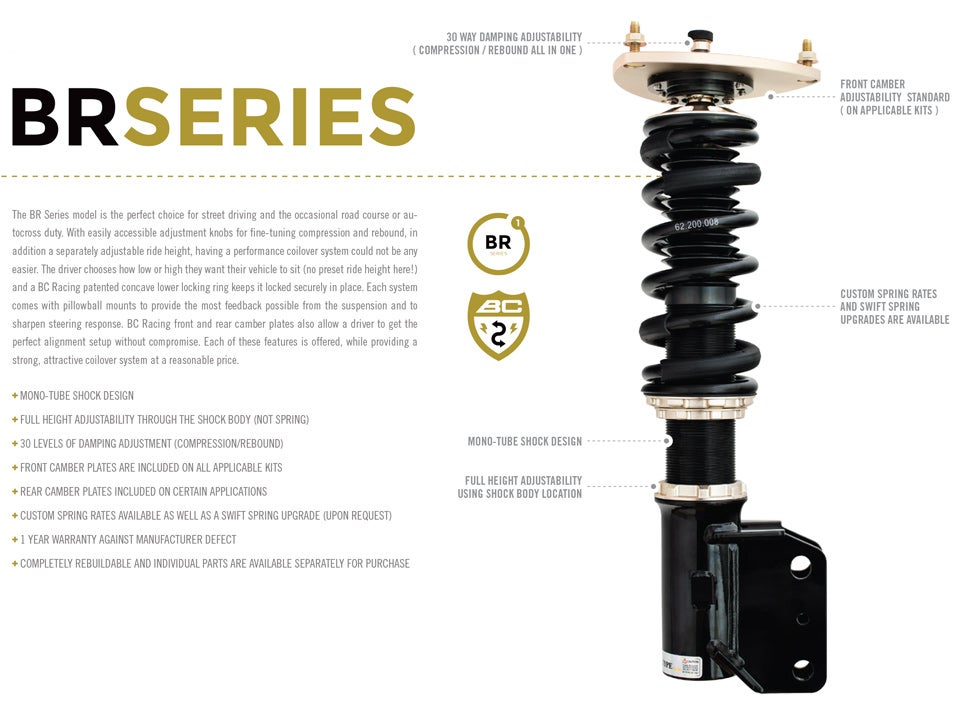
As a baseline, I requested BC Racing to send me a set of 10F/12Rkgs springs with RM style shocks. My Time Attack EVO is using an Affinity Aero TA78 Wing along with a homebrew 80" front splitter mated to a Voltex front bumper.
The car tends to oversteer slightly until roughly 80-90mph where once enough air is flowing through the rear wing, it settles the rear allowing for a new world of grip.
Having your shocks matched to your spring rates is important, and making sure your spring rate is linear throughout the stroke helps build confidence in your suspension.
This tends to get most people 80% of the way there, at the very least itís an improvement over what theyíre replacing. Just because you buy aftermarket suspension does not mean youíre improving grip, it could quite possibly be the opposite. Iíd recommend you do your research and ask questions, the technical support from BC Racing is extremely useful if you have any questions. An explanation of roll centers, tire setup, and digging into aero might be added in the future depending on popularity.
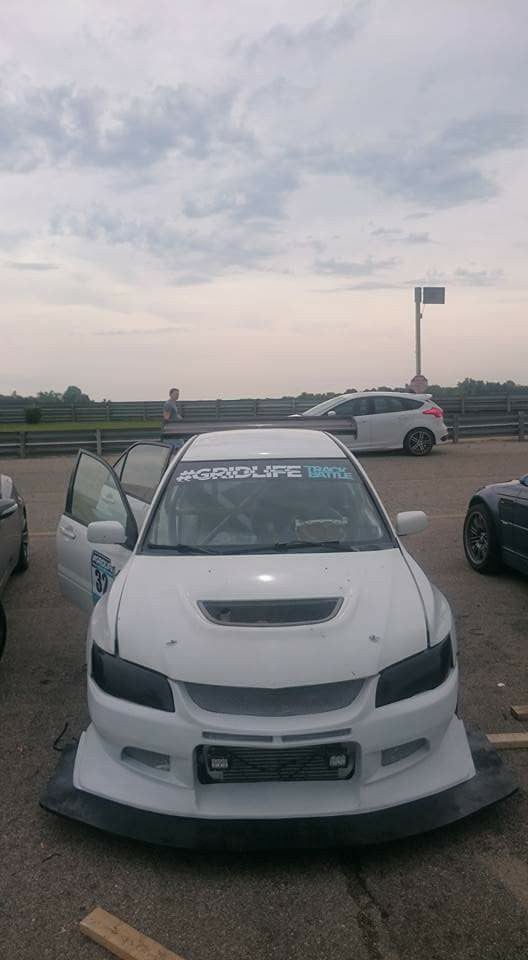
 "My bird IS the word" (mybirdistheword)
"My bird IS the word" (mybirdistheword)
02/21/2017 at 11:01, STARS: 2
So I would be interested in your opinions on how stock bushings are designed to rotate but poly bushings donít, also lubrication. I would much rather go with poly because of the ease of buying one whole kit, but for a non track car it looks like rubber is the way to go.
 "Pramoda Ravi (Promo)" (pramoda-ravi)
"Pramoda Ravi (Promo)" (pramoda-ravi)
02/21/2017 at 11:13, STARS: 2
There are a wide range of bushings you can choose from
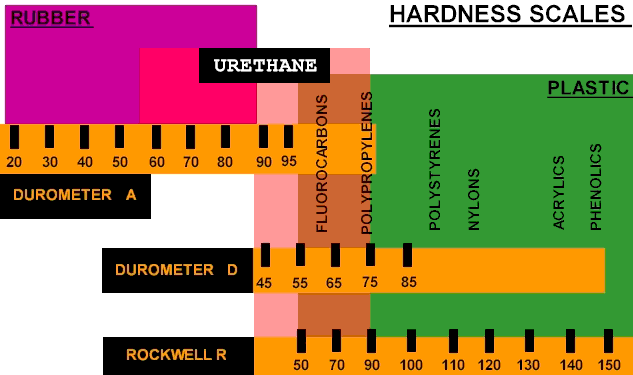
A softer rubber bushing has the ability to twist, whereas a 90A Poly bushing would resist while staying relatively quiet.
I think MOST people who modify their suspension beyond just ďStanceĒ are doing it for the occasional track day or autocross. This is catered towards that crowd.
 "Textured Soy Protein" (texturedsoyprotein)
"Textured Soy Protein" (texturedsoyprotein)
02/21/2017 at 11:16, STARS: 0
I have assorted poly bushings on my BMW 335xi. Mostly in places where the stock rubber bushings are particularly weak and cause ill effects with handling. But itís a street car so I only used them where theyíd make a specific improvement. Theyíre lubed with hi temp marine grease. If you want to get super trick you can add zerk fittings to the control arms in which theyíre installed.
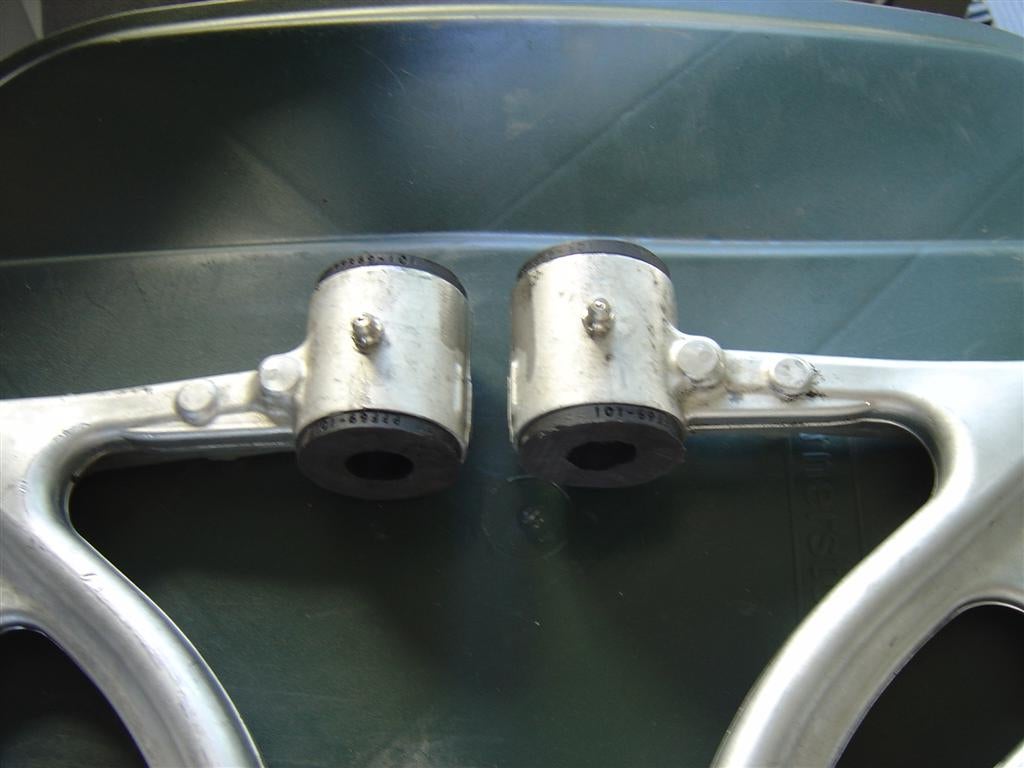
The zerk fittings are the little nubbins on there, they let you inject more grease onto the bushing.
 "crowmolly" (crowmolly)
"crowmolly" (crowmolly)
02/21/2017 at 11:28, STARS: 0
but for a non track car it looks like rubber is the way to go.
Speaking in terms of an F-body:
Non-serviceable poly on a street car is frowned upon by a lot of people, some of which are high end builders/suspension engineers. When the lubrication goes they bind.
If you do go poly, modify them for zerk fittings and get a tube of Super Lube for your grease gun.†
 "TheRealBicycleBuck" (therealbicyclebuck)
"TheRealBicycleBuck" (therealbicyclebuck)
02/21/2017 at 11:28, STARS: 0
Perhaps you could do a little more in-depth discussion on how your shocks & spring rates should change based on the wheels & tires you choose. Iím thinking more along the lines of keeping the stock ride when upgrading your wheels and tires. In short, bigger wheels plus tires with shorter sidewalls will result in a rougher ride with stock springs and shocks. Are there any handy guidelines, tables, or charts out there?
 "G_Body_Man: Sponsored by the number 3" (gbodyman)
"G_Body_Man: Sponsored by the number 3" (gbodyman)
02/21/2017 at 11:39, STARS: 0
I guess my carís a different case (I used OE rubber bushings to help prevent the relatively weak panhard bar and lower control end links from pretzeling themselves under transient load during high compression and instead opted to tune out slop using stiffer, higher quality, more precise dampers). The sway bar end links are poly though, but they do squeak even with regular greasing.
 "My bird IS the word" (mybirdistheword)
"My bird IS the word" (mybirdistheword)
02/21/2017 at 11:49, STARS: 0
Yea that is entirely too much work for my turd.
 "crowmolly" (crowmolly)
"crowmolly" (crowmolly)
02/21/2017 at 11:49, STARS: 0
Go rubber on the front end until you can afford upgraded components. Same with the rear leafs (itís easy enough to swap out bushings).
 "My bird IS the word" (mybirdistheword)
"My bird IS the word" (mybirdistheword)
02/21/2017 at 11:50, STARS: 0
That is way more work than my car deserves at this point. Shame there isnít a more elegant solution in bushing material.
 "My bird IS the word" (mybirdistheword)
"My bird IS the word" (mybirdistheword)
02/21/2017 at 11:59, STARS: 0
Do you know someplace that sells full kits? All I can find are the damn polyeurethane ones.
 "crowmolly" (crowmolly)
"crowmolly" (crowmolly)
02/21/2017 at 12:02, STARS: 0
PST sells a kit for the front end, then you just need leaf spring bushings, leaf spring pads (if you want them) and rear sway bar bushings (if you have one).
 "My bird IS the word" (mybirdistheword)
"My bird IS the word" (mybirdistheword)
02/21/2017 at 12:04, STARS: 0
Thanks! This helps so much.
 "nerd_racing" (nerd189)
"nerd_racing" (nerd189)
02/21/2017 at 15:26, STARS: 0
If you have rear leaf springs there is a more elegant solution. Look into leaf spring sliders. Like roller bearing sliders so there is no bind.
 "uofime-2" (uofime-2)
"uofime-2" (uofime-2)
02/24/2017 at 15:07, STARS: 0
No. because sidewall stiffness varies from one tire to the next even withing the same performance group and size.
you canít say much more than the general statements of more sidewall will be softer and higher performance group/class tires will be firmer.
 "uofime-2" (uofime-2)
"uofime-2" (uofime-2)
02/24/2017 at 15:25, STARS: 0
You want your suspension to be the suspension that you can control. If your car is a shit box,† the chassis is a wet noodle and you have stiff springs which spring is actually effecting handling more? Your chassis which has no damping and certainly isnít linear.
Thatís where the % tunability calculation based off of torsional rigidity is important. When measuring that torsional rigidity it is important to consider the compliance of all the suspension components as well as the chassis itself. If you think about it, the true purpose is to find the wheel rate of the ďchassis springĒ